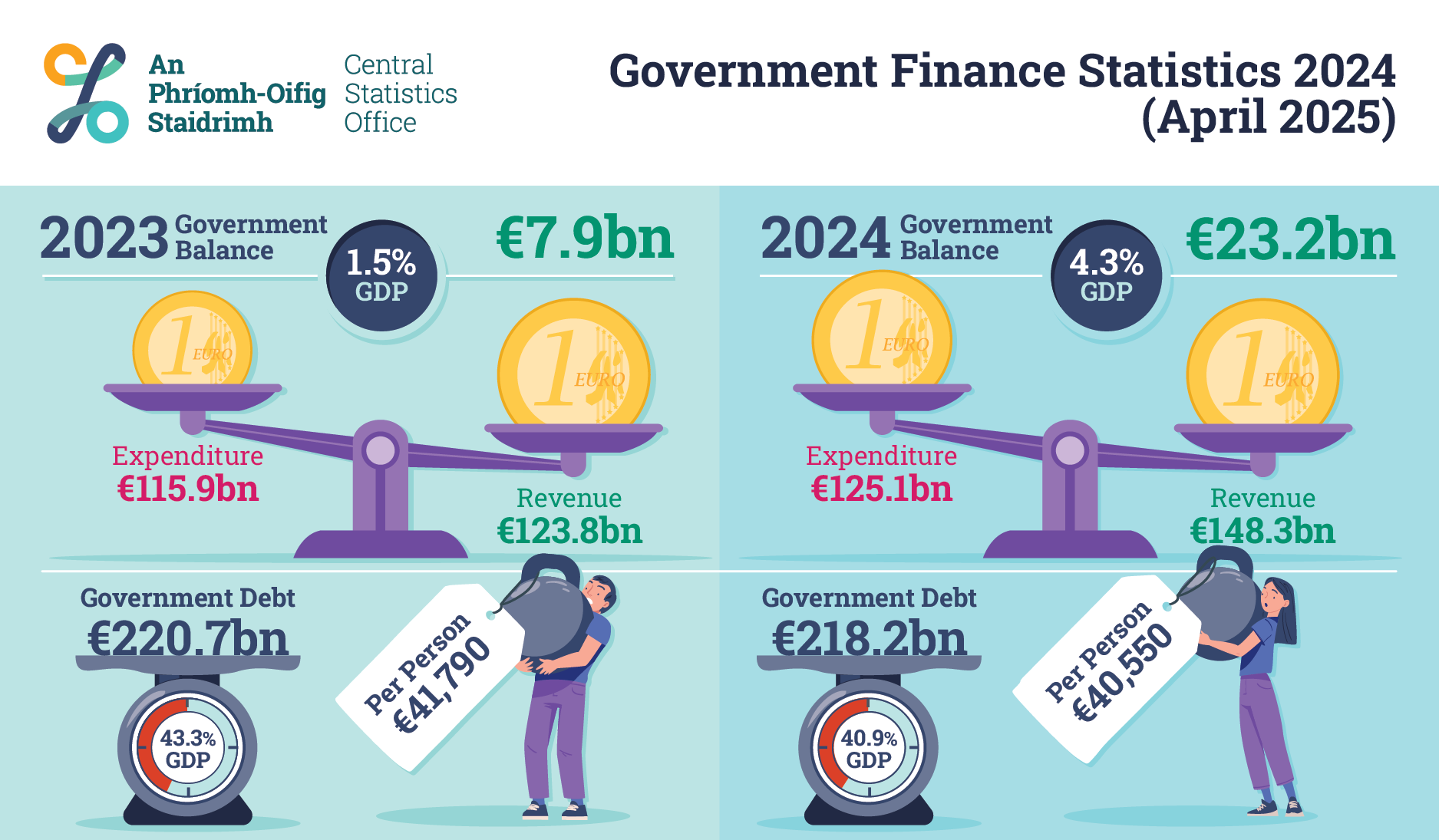Brendan Burgess
Founder
- Messages
- 55,548
Irish State is said to have ‘broken even’ on AIB and bailed-out banks. But this is far from the full story
Department of Finance says State ‘made’ €600m on bailout repayments but interest, inflation and opportunity cost make that far from true
He makes all the same mistakes about opportunity cost and interest that have been made in this thread.
An investor who bought a dud stock in 2009 and finally got out at break-even might feel relief. However, a $1,000 investment in the S&P 500 in 2009 would be worth over $9,000 by 2025. Time has a cost; so does tying up capital in low-return assets.
The State borrowed to fund the bailout. For AIB alone, the Comptroller & Auditor General put debt servicing costs at €7.1 billion by the end of 2021.
Though in this case, factoring in the interest paid between getting in and getting out might be correct in calculating the "loss"
He does conclude
To be fair, the objective was never to turn a profit. The bailout was about stabilising the banking system and preventing economic collapse, but that makes the implicit “we made money” narrative all the more grating. It reframes an emergency rescue as a shrewd investment, which it wasn’t.
Not sure that anyone claimed it was a shrewd investment? It was a necessary transfer from the taxpayer to the depositors in the banks.
Last edited:
